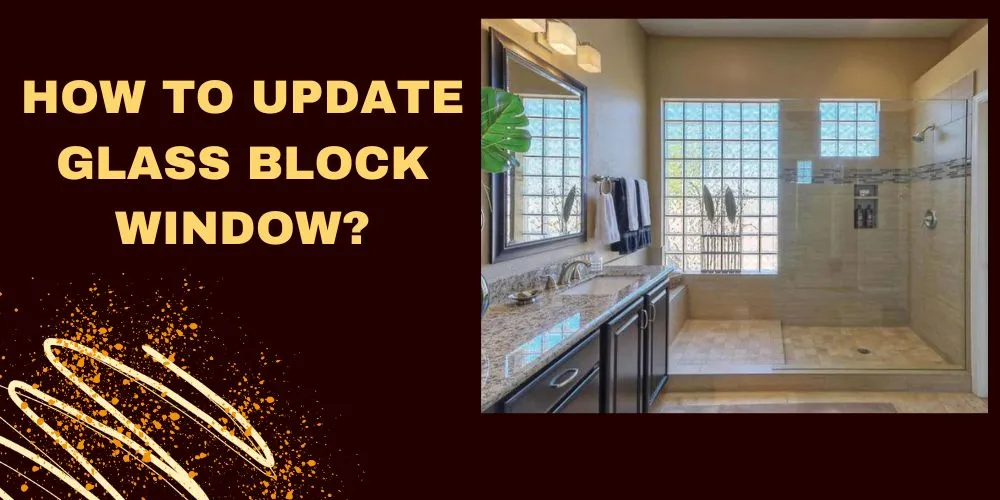Efficient thermal insulation is fundamental for every home, ensuring sustainability and making living spaces more comfortable. Two popular wall insulation types used today are R13 and R15.
In this article, we delve into the crux of these insulations to address the R13 vs R15 wall insulation debate, their uses, pros, cons, and most importantly, the R-value, guiding you towards making an informed decision.
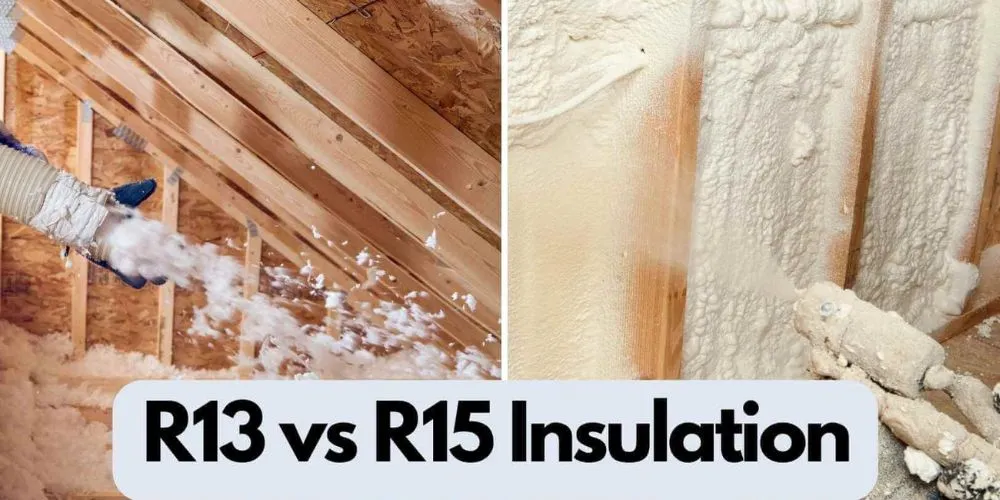
Understanding Insulation and R-Values
R-value is a measure of thermal resistance, indicating how well a material retards heat flow. When it comes to insulation, a higher R-value means better insulating power.
External factors such as temperature, aging, and moisture levels can affect the effectiveness of insulation, but even with these variables, R-value remains a reliable standard for comparing insulation types.
R13 Wall Insulation
R13 insulation is commonly used in wall spaces between internal and external walls, as well as in basement walls. It offers a balance of affordability and efficiency, making it a popular choice for many homeowners.
One of the key benefits of R13 insulation is its high cost-effectiveness. For those working on a budget while still aiming to effectively insulate their homes, R13 can be an ideal choice.
However, despite its affordability, R13 insulation might fall short in extreme weather conditions. It might not provide adequate insulation in places with intensely hot or cold climates.
R15 Wall Insulation
On the other hand, R15 insulation is a step up in both cost and performance. It’s commonly used in external walls and in areas of the home prone to heat loss, such as attics.
The main advantage of R15 insulation is its higher R-value, which translates to greater thermal resistance. Therefore, it’s more effective at keeping your home warm in the winter and cool in the summer.
However, R15 insulation comes at a higher cost than R13. If saving on initial expenses is a priority, R15 may not be your first choice.
R13 vs R15 Wall Insulation: Detailed Comparative Analysis
When delving into the realms of R13 and R15 insulation types, the debate often centers around thermal resistance capabilities, cost implications, energy savings, durability, lifespan, and sound insulation properties.
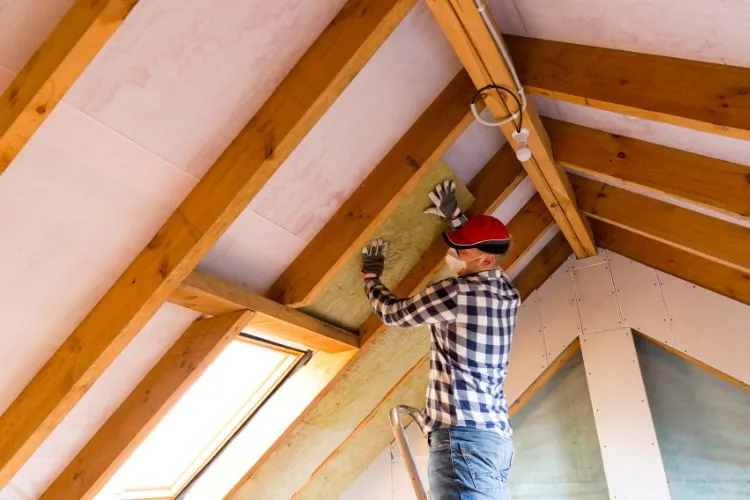
Understanding these nuances can greatly assist homeowners in making more informed decisions suited to their needs.
Thermal Resistance and Cost Implications
The crux of the comparison between R13 and R15 insulation lies in their thermal resistance, denoted by their R-values. R15 insulation boasts a higher R-value compared to R13, indicating superior thermal resistance.
This means R15 insulation is generally more effective at minimizing heat flow through the walls of a home, making it an optimal choice for keeping a house warmer in the winter and cooler in the summer.
However, the superior insulation capabilities of R15 come with higher costs. The price difference between R13 and R15 insulation can be significant depending on the scale of the project and the specific products chosen.
Homeowners considering R15 for its improved insulation benefits need to evaluate whether the potential energy savings and increased comfort justify the additional expense. It’s crucial to perform a cost-benefit analysis, taking local energy prices and the specific thermal requirements of your home into account.
Energy Savings Variability
The potential for energy savings stands out as a compelling advantage of opting for R15 insulation over its R13 counterpart. Due to its higher R-value, R15 can more effectively reduce heating and cooling demands, potentially leading to noticeable savings on energy bills.
However, these savings are not uniform across all situations. Factors such as local climate conditions, the energy efficiency of windows and doors, and the overall design of a home can significantly influence the actual savings realized.
In regions with mild climates, for example, the difference in energy savings between R13 and R15 might be less pronounced, making R13 a more cost-effective option.
Durability and Lifespan Considerations
Both R13 and R15 insulation types are generally comparable in terms of durability and lifespan, provided they are installed correctly and maintained adequately.
Proper installation is key to maximizing the lifespan of insulation by ensuring that it is not compressed or installed in a damp location, which could reduce its effectiveness and longevity.
Maintenance is typically minimal but checking for and repairing any damage or displacement over time can help maintain optimal performance.
Sound Insulation Qualities
Sound insulation is another aspect where R15 marginally surpasses R13. The denser structure of R15 insulation means it can absorb sound waves slightly better, contributing to a quieter indoor environment.
This benefit is an ancillary advantage of the higher R-value material and might be a decisive factor for homes in noisy areas or for homeowners prioritizing a tranquil living space.
In conclusion, the choice between R13 and R15 insulation hinges on a multifaceted assessment of thermal resistance, cost, potential energy savings, and personal preferences regarding sound insulation and durability.
Homeowners should consider their specific needs, the climatic conditions of their locality, and the overall construction of their home before making a decision.
Consulting with an insulation professional can provide tailored advice, ensuring that the chosen insulation type aligns with both immediate and long-term objectives for energy efficiency, cost savings, and comfort.
Installation Considerations
Insulating your home is a task you can carry out yourself or assign to a professional. DIY can save you money, but unless you’re experienced, the risk of mistakes is high.
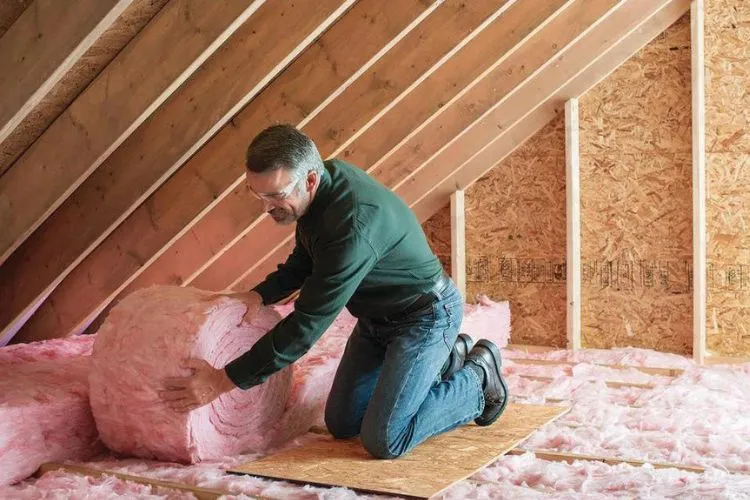
Both R13 and R15 require similar tools and materials. The main difference lies in the thickness of the insulation; R15 is thicker and might require more substantial framing.
Cost Analysis
R15 insulation tends to cost more than R13. However, it’s essential to consider long-term costs. A higher R-value means higher energy efficiency, leading to reduced energy costs over time.
Also, some regions offer energy rebates or tax incentives for installing high-efficiency insulation, which can offset the initial cost disparity.
Environmental Impact
R13 and R15 are made from similar materials, predominantly fiberglass. While fiberglass has been criticized for its sustainability, manufacturers have made strides towards creating green, recyclable fiberglass products.
Keep in mind; insulation plays a significant role in reducing energy consumption in your home, leading to a positive impact on the environment overall.
Pro Tips
Choosing and installing the right insulation can seem daunting, but it doesn’t have to be. With some research, careful planning, and possibly professional advice, you can make a choice that will keep your home comfortable while saving energy and costs in the long run.
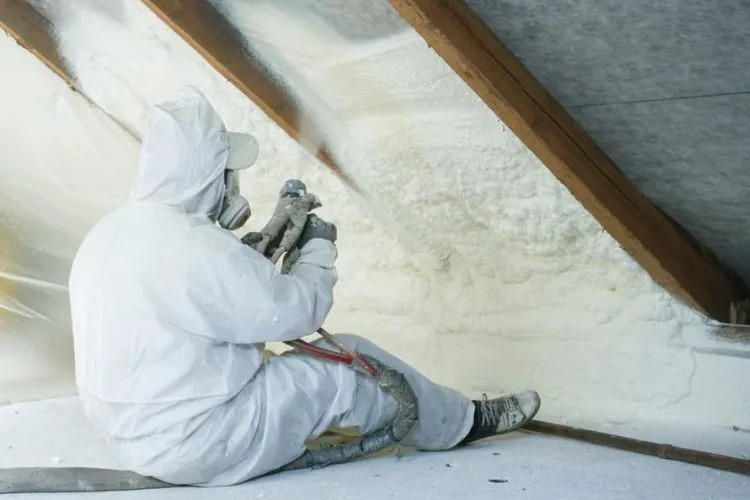
Do remember that routine maintenance is essential for any insulation’s longevity and efficiency. Proper upkeep is vital in ensuring the insulation continues to perform optimally throughout its lifespan.
Frequently Asked Questions (FAQs)
Is R15 worth the extra cost over R13?
The value of R15 over R13 largely depends on your specific situation, including your climate, home design, and budget. While R15 does offer superior insulation, if you live in a mild climate, the energy savings may not justify the additional expense.
How does insulation affect my home’s energy bills over time?
Proper insulation reduces the amount of heat that escapes from your home in the winter and enters in the summer. This can lower the demand on your HVAC system, leading to lower energy bills overall.
Conclusion:
Whether you choose R13 or R15 insulation will depend on several factors, including your budget, climate, and energy goals. While R15 offers superior insulation, it comes at a higher cost.
Conversely, R13 is a more budget-friendly option that still provides reliable performance for most homes.
Remember, the key lies in understanding your specific needs and picking an option that best suits your circumstances.

